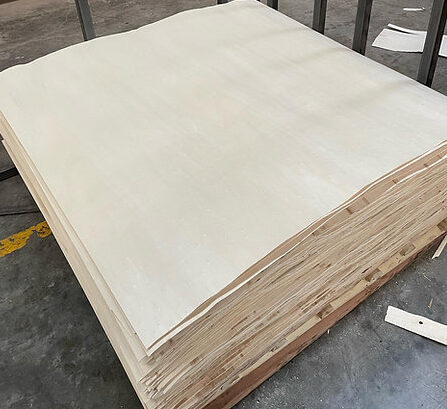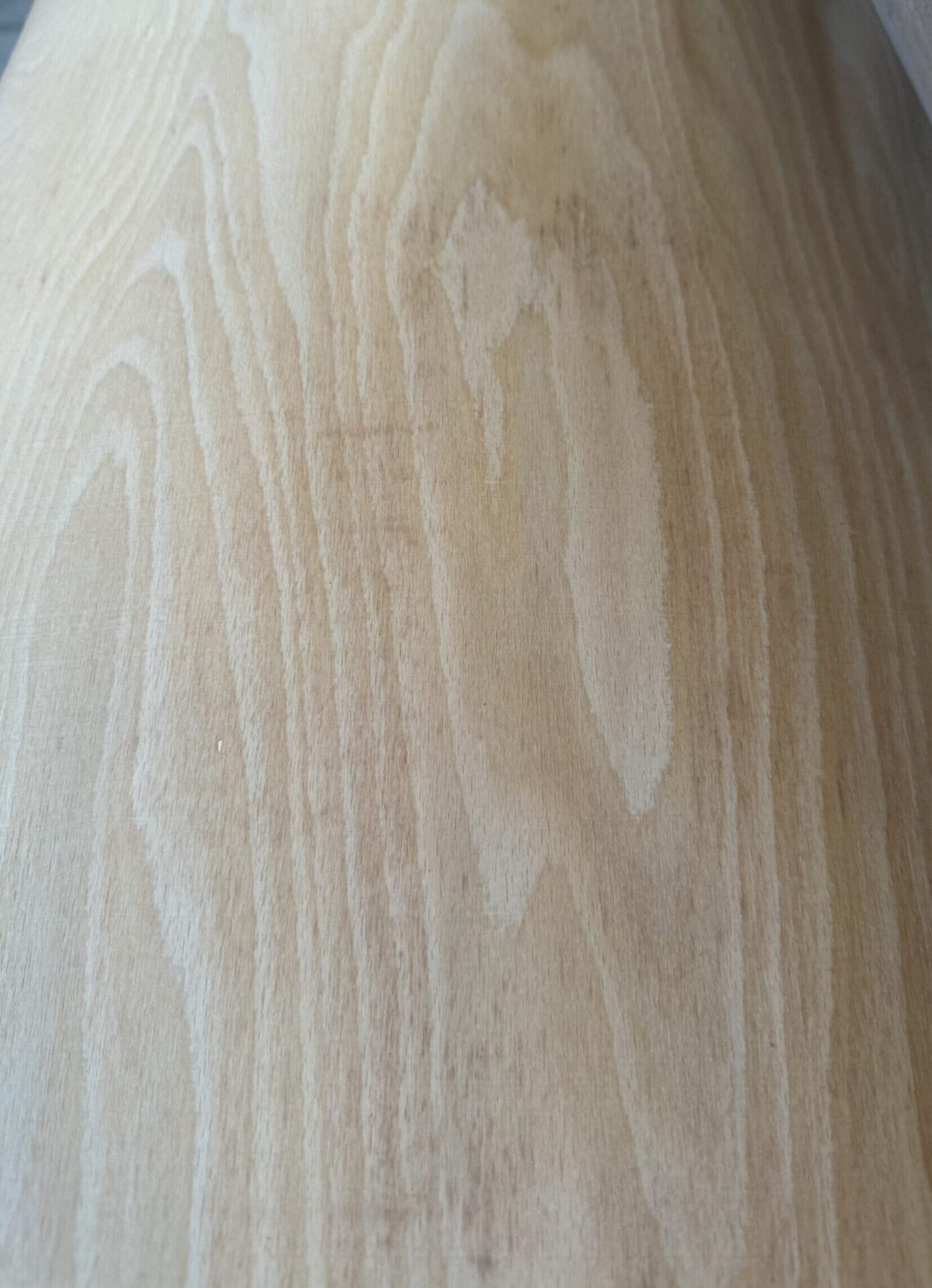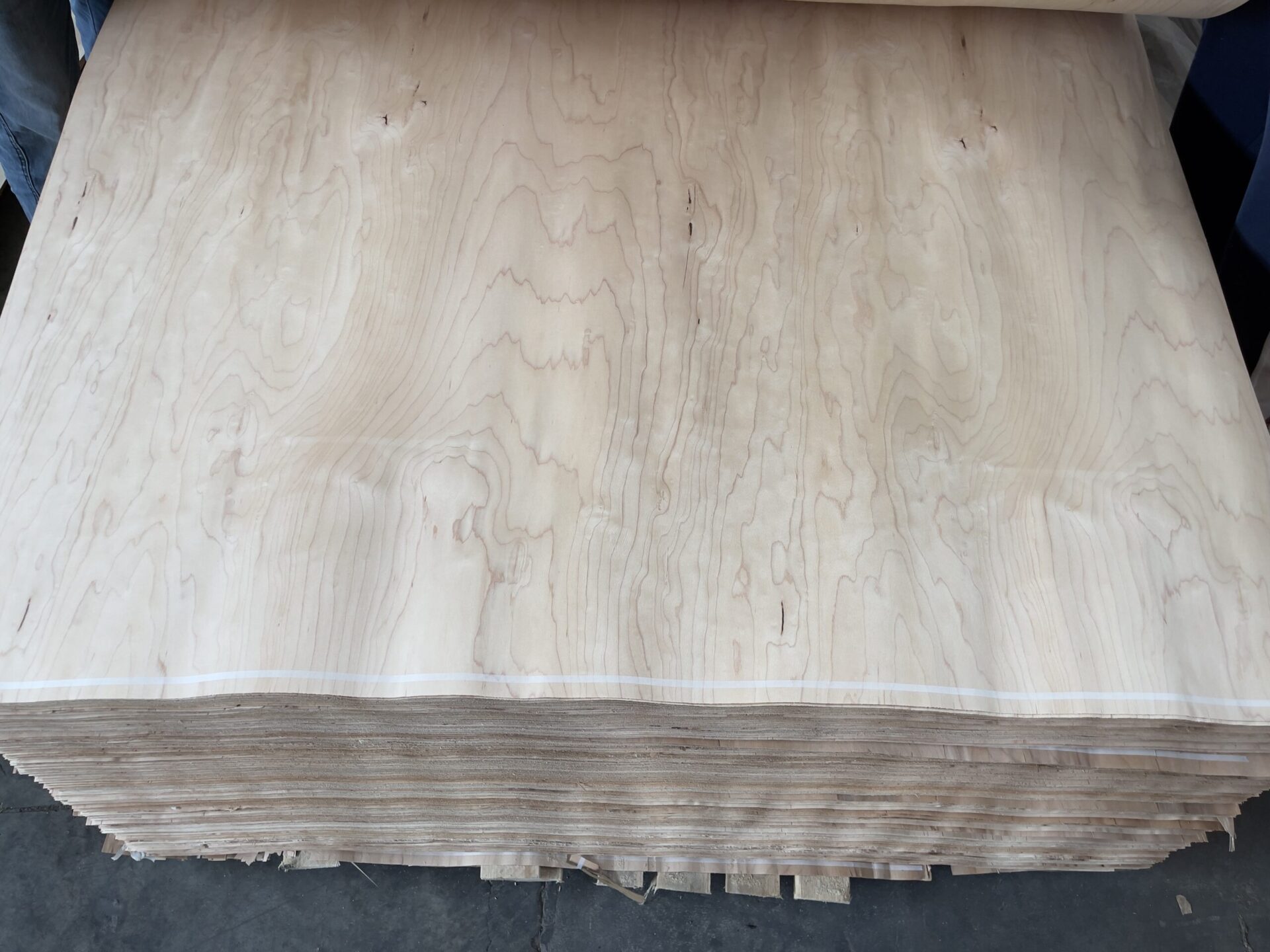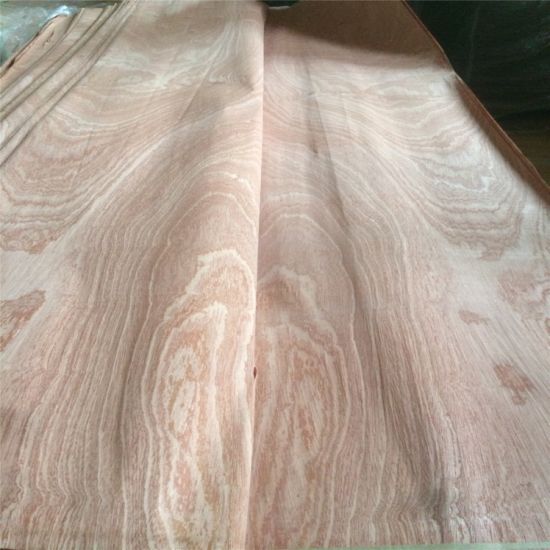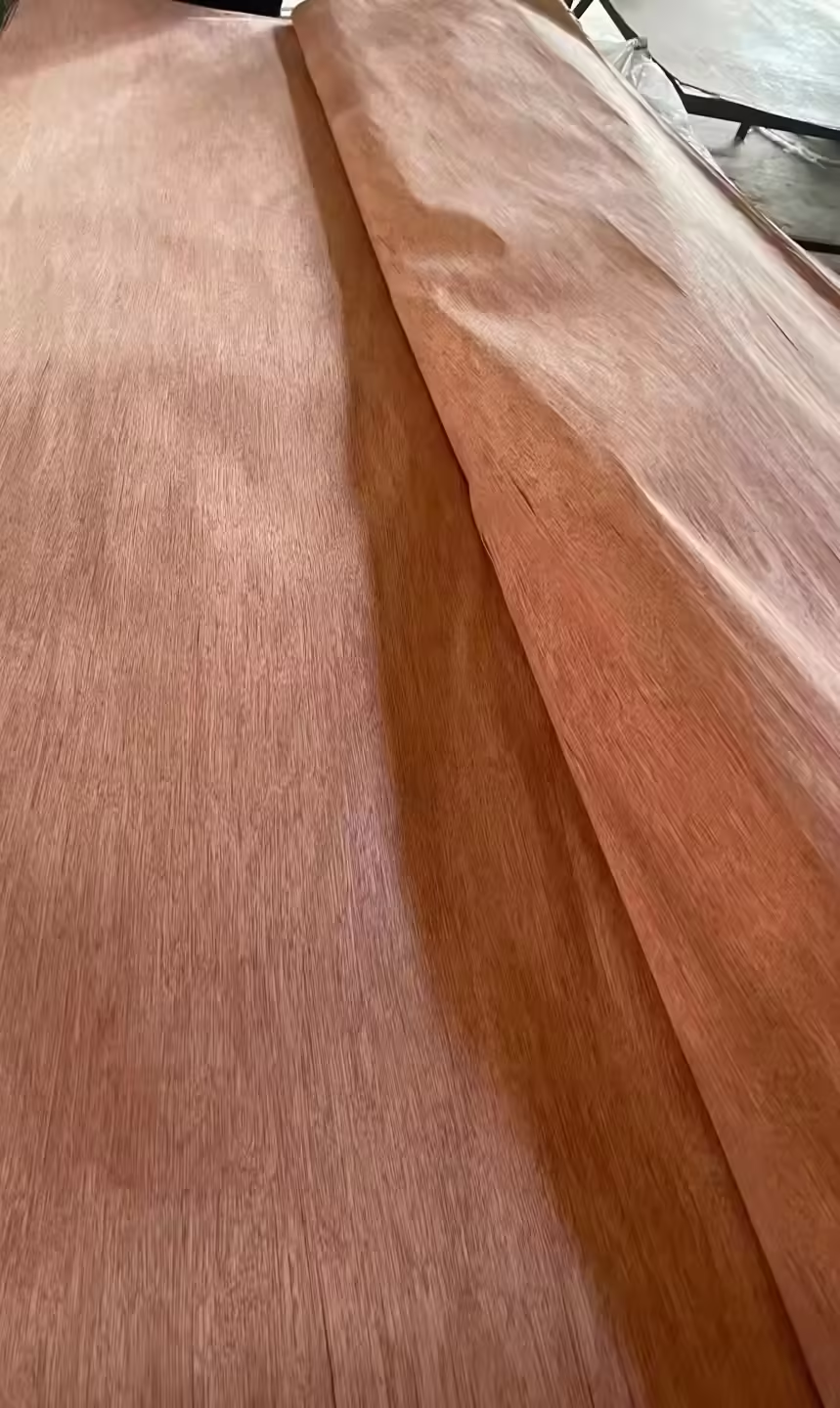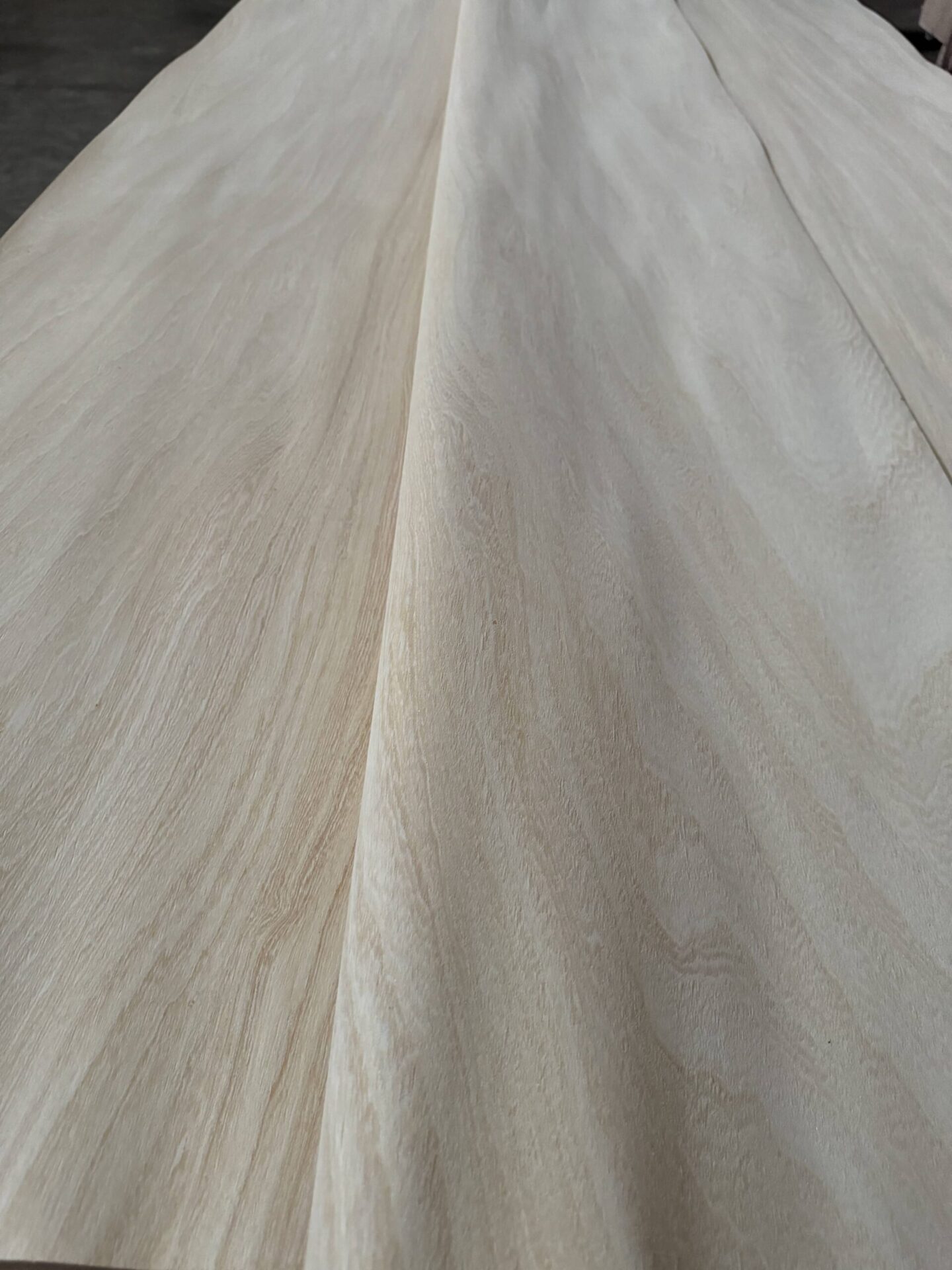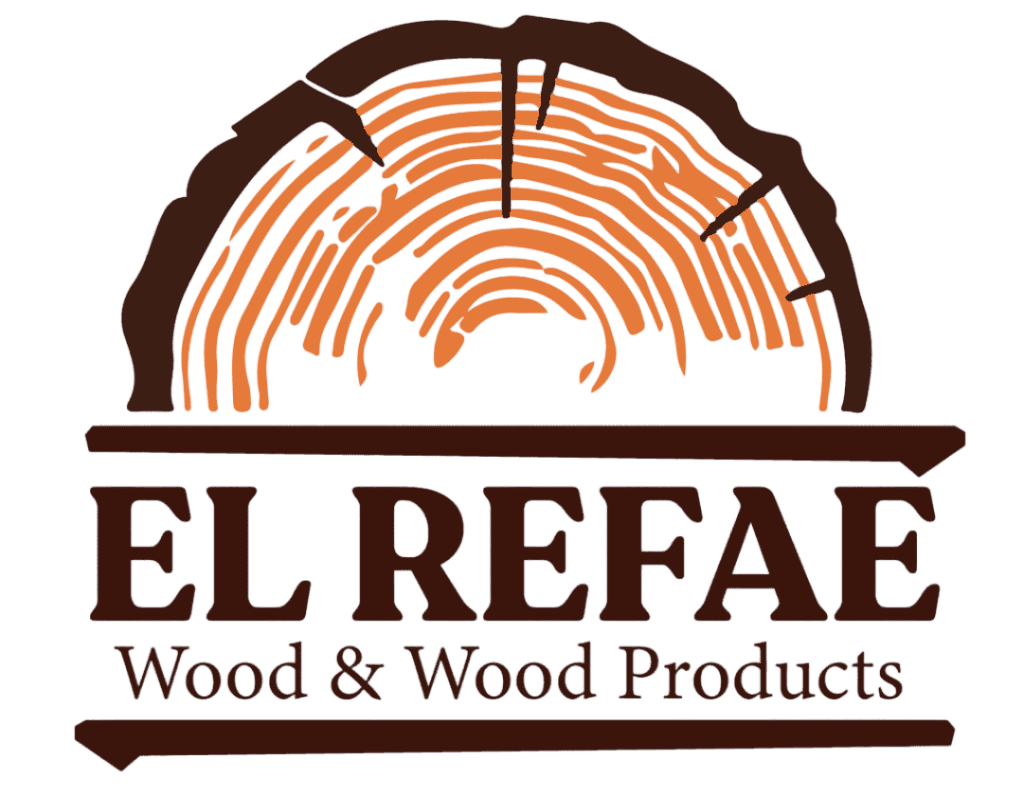
Rotary Cut veneer is produced by rotating a log while shaving a full-length continuous sheet. This process is the only cutting method that produces whole-piece face veneers. A Rotary Cut will yield veneer with a broad grain pattern with no plain sliced or quartered appearance. The main use these full size sheets to lay them up to manufacture plywood and to manufacture blockboards.
Rotary Cut veneer is a type of wood veneer produced through a process in which a log is rotated on a lathe while a blade shaves off a continuous, full-length sheet. This method differs from other veneer cutting techniques because it allows for the production of large, whole-piece face veneers, which are ideal for applications requiring wide coverage without seams or joints.
The result is a veneer with a distinctive, broad grain pattern, as the cutting angle does not follow the wood’s natural grain structure in the same way as plain-sliced or quarter-sliced veneers. This broad pattern creates a unique appearance that is highly valued for certain types of furniture and paneling, where the continuous grain flow and large surface coverage can enhance the visual appeal.
One of the key applications is in the manufacture of plywood. By using full-sized sheets of this type of veneer, manufacturers can produce plywood panels with a uniform and visually appealing surface. The seamless, continuous face that rotary-cut veneer provides means fewer joints, which contributes to the overall strength and aesthetic quality of the finished plywood. During the plywood production process, It’s sheets are laid up in layers, with alternating grain directions between the layers to enhance the panel’s strength and stability. This cross-grain construction minimizes the risk of warping or splitting over time, making plywood a durable and reliable material for a wide range of applications, from construction to furniture making.
Blockboard manufacturing also relies heavily on rotary-cut veneer. In blockboard, the core is made of strips of solid wood, which are then sandwiched between two outer layers of rotary-cut veneer. This gives the blockboard a smooth and even surface, which is suitable for veneering, painting, or lamination. The broad grain pattern of rotary-cut veneer adds an appealing look to blockboards and enhances their suitability for both functional and decorative applications. Blockboard is often used for making doors, tables, shelves, and other furniture pieces where strength and stability are essential.
Rotary-cut veneer also plays a crucial role in decorative paneling and interior finishes. Due to its unique appearance and ability to cover large areas without joints, it is often chosen for wall paneling, cabinetry, and large furniture pieces that benefit from a continuous wood surface. The broad grain pattern produced by rotary cutting can be particularly effective in creating a rustic or natural aesthetic, which is highly sought after in certain interior design styles. Whether used in residential or commercial spaces, rotary-cut veneer can add warmth and visual interest to an environment.
The rotary-cut method is also more economical compared to other veneer-cutting techniques. Since the entire log is rotated and shaved down, there is less waste generated, and a higher yield of usable veneer is produced from each log. This efficiency makes rotary-cut veneer a cost-effective choice for large-scale applications, as it provides a substantial amount of material with minimal waste. This factor is especially important in industries where cost-effectiveness and sustainability are key considerations.
Despite its advantages, rotary-cut veneer does have some limitations. Its broad grain pattern and lack of the fine, straight grain that other cutting methods can produce may not be suitable for all design applications. For example, if a project requires a more refined or uniform appearance, a plain-sliced or quarter-sliced veneer might be a better choice. However, in applications where a natural, unstructured look is desired, rotary-cut veneer offers a unique aesthetic that can’t be easily replicated with other cutting methods.
Rotary-cut veneer is also generally thicker than other types of veneer. This added thickness contributes to its durability, making it well-suited for high-traffic areas or surfaces that may be subject to wear and tear. The thickness of rotary-cut veneer also makes it easier to handle and apply, as it is less prone to cracking or splitting during installation. For those working with veneer, this durability and ease of use make it an attractive option for both professional and DIY projects.
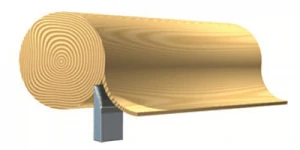
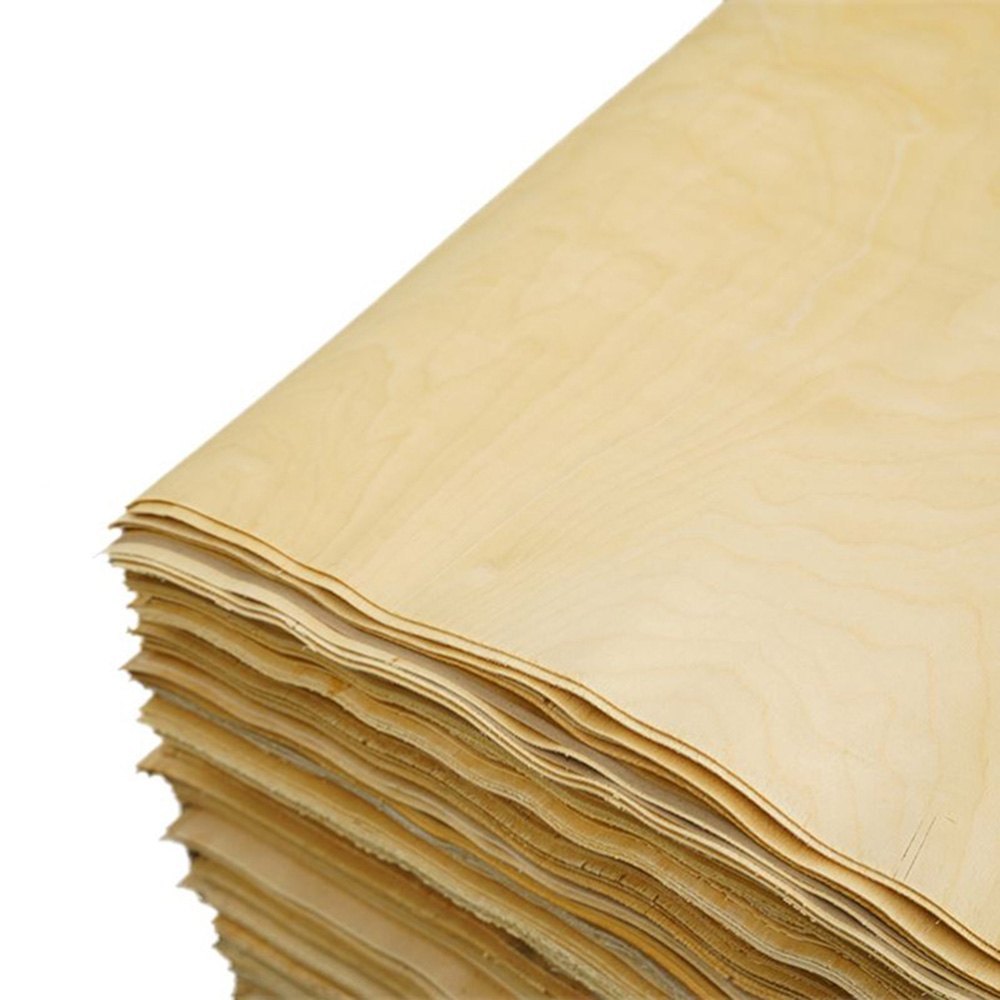
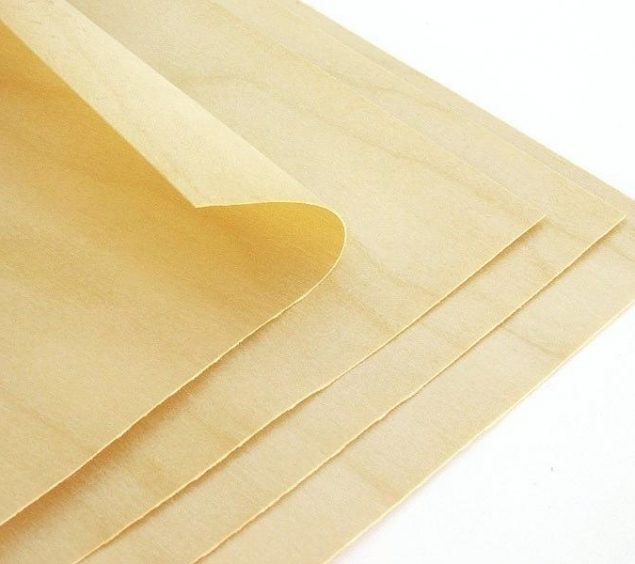


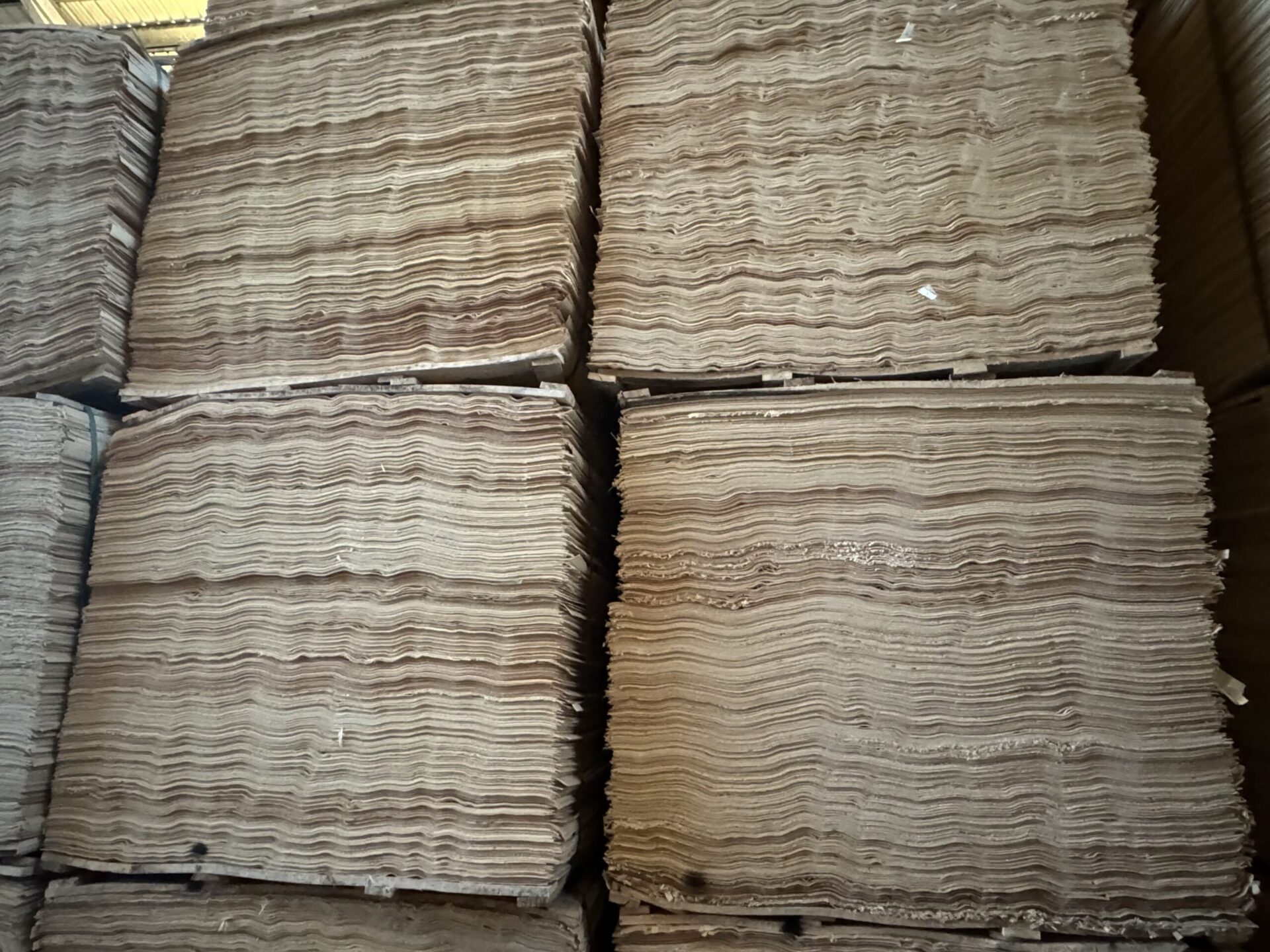
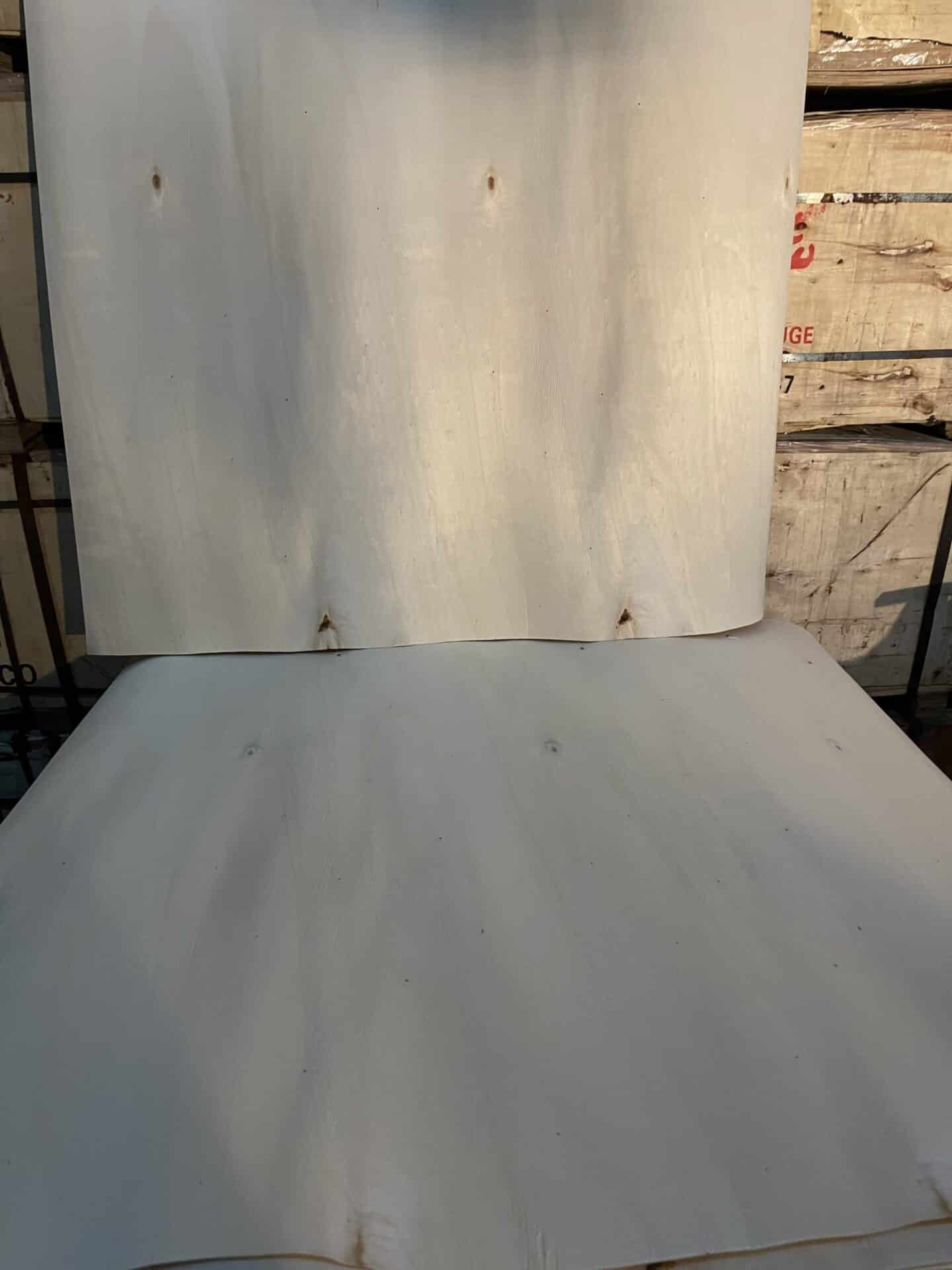

Elrefae is considered the biggest importer and manufacturer of rotary cut veneers in Egypt, importing more with an annual capacity of more than 15,000m3 per year. The majority of panel manufacturers in Egypt supply their material from us, ensuring them the highest quality and the most competitive global prices. The current species offering of Elrefae of rotary veneers are supplied from around the globe.
It is available to customize the size of the veneer. However, the standard sizes are:
Thicknesses can vary from:


